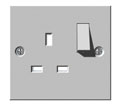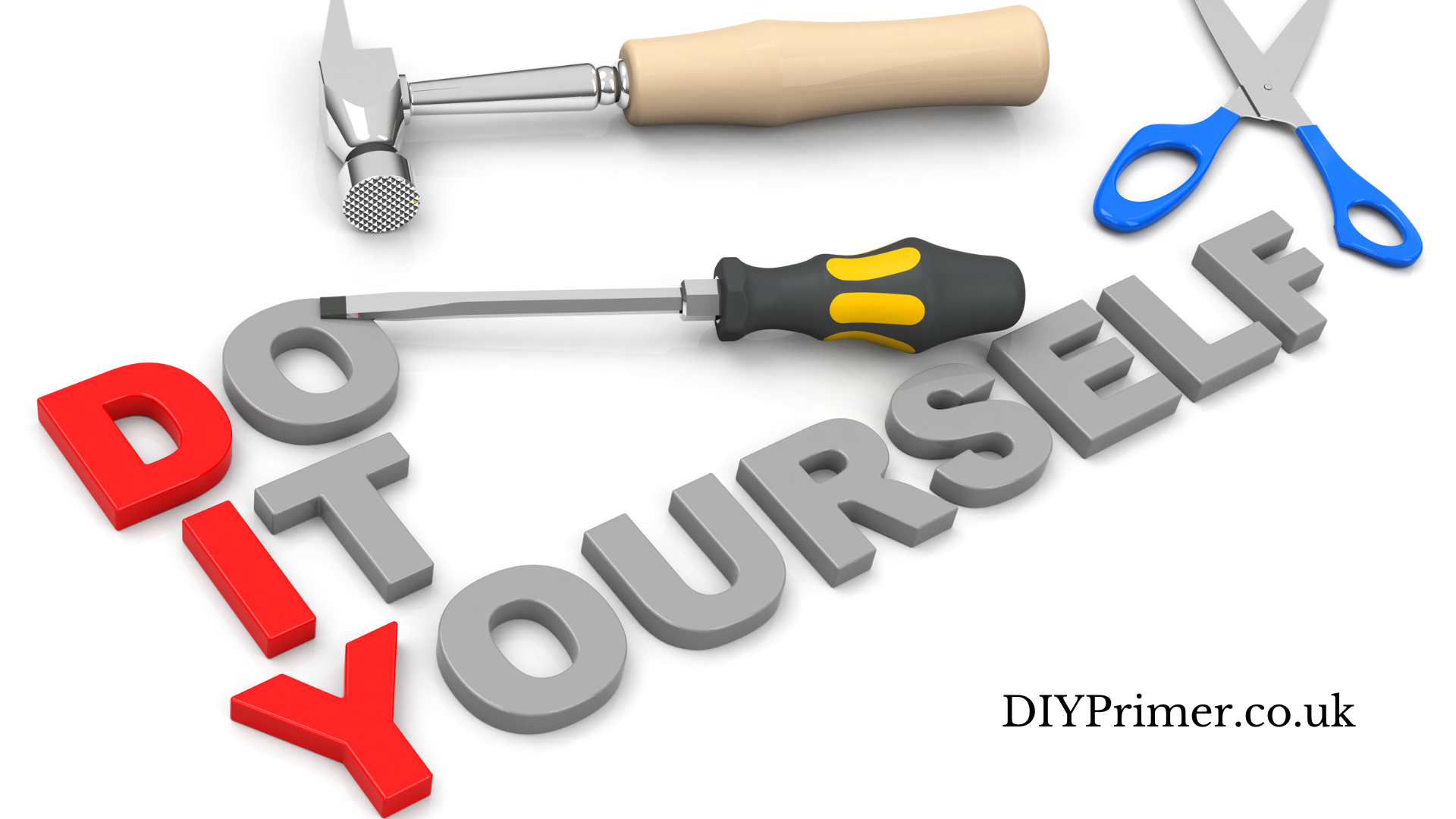Welcome to DIY Primer
This site is dedicated to all those hours I spent trying to do something, all the extra hours wasted having to make the trip to a shop as I did not have a required item for the task and to all those shortcuts that people tell you about after you have completed the job!
The purpose of this site is to help you carry out DIY tasks successfully and with an improved level of confidence. It provides hints, tips and the wherewithal to complete the diy task you choose.
Each DIY task we have detailed we will give you a basic run down of how to achieve it and the list of equipment and consumerables you will need to complete the work in one shot without having to go down to the diy shop for the bits mid task!
Drill down to the task you are planning to carry out by selecting the general area on the left hand menu, this is repeated on all main pages of the web site and hence you can easily get back to where your started.
If you are stuck on a diy job this moment in time then check out our pages and hopefully we will be able to help you out.
Also the task pages list time saving tools and techniques that the experts use to finish the task quicker where ever possible we will also give you the proper and common slang names of tools and materials used.
We hope this site will help you to carry out your chosen diy task successfully and more safely. If you have any hints or tips then please let us know and we will include them within the relevant page.
We are constantly adding to the site, if you want to know how to do a particular task and it is not listed then email us and if we can we’ll add it to the site.
Check our coming soon section to see if we are adding a task that you want to know about, you can leave your email so that we will let you know when it is up.
- Pre-Built Sheds
 This is our old playhouse shed for our kids, we knocked it down and replaced it with a larger shed when our children outgrew it. Rather than dumping it we recycled it by selling it in Garden Structures Section of eBay. Got a very good price for it and the buyer, who collected it, was more than … Read more
This is our old playhouse shed for our kids, we knocked it down and replaced it with a larger shed when our children outgrew it. Rather than dumping it we recycled it by selling it in Garden Structures Section of eBay. Got a very good price for it and the buyer, who collected it, was more than … Read more - How to fix a Car Alternator (not replace it)
 Most cars now come with an Alternator that charges the car battery rather than a Dynamo. The main difference is that the Alternator generates AC (Alternating) current initially that is then rectified to DC (Direct Current) that charges the Battery whereas the Dynamo would produce DC directly and voltage limiters would manage the voltage sent … Read more
Most cars now come with an Alternator that charges the car battery rather than a Dynamo. The main difference is that the Alternator generates AC (Alternating) current initially that is then rectified to DC (Direct Current) that charges the Battery whereas the Dynamo would produce DC directly and voltage limiters would manage the voltage sent … Read more - Electricity to Outbuildings
 The legal requirements have recently been changed which mean that any fixed wiring on a property should be installed by a competent person, this is typically defined as someone qualified and certified in 16th Edition wiring regulations. Failure to observe this requirement could make your house insurance invalid. The following information is provided so you … Read more
The legal requirements have recently been changed which mean that any fixed wiring on a property should be installed by a competent person, this is typically defined as someone qualified and certified in 16th Edition wiring regulations. Failure to observe this requirement could make your house insurance invalid. The following information is provided so you … Read more - Repairing Blown (“Hollow”) PlasterSometimes plastered solid walls become “blown”, i.e. the basecoat becomes separated from the bricks behind. This can be detected by tapping the plaster: it will sound hollow where it is blown. It could stay like that for many years without trouble or it could crumble and fall away at the next shock wave from something … Read more
- REPAIRING LATH AND PLASTER CEILINGSCeilings and stud partition (i.e. not solid) walls were made out of lath and plaster before plasterboard was invented. Laths are thin strips of wood which are nailed between supporting timbers, separated by small gaps. When the laths are plastered, the plaster is squeezed between the laths and the resulting “nibs” hold the plaster in … Read more

